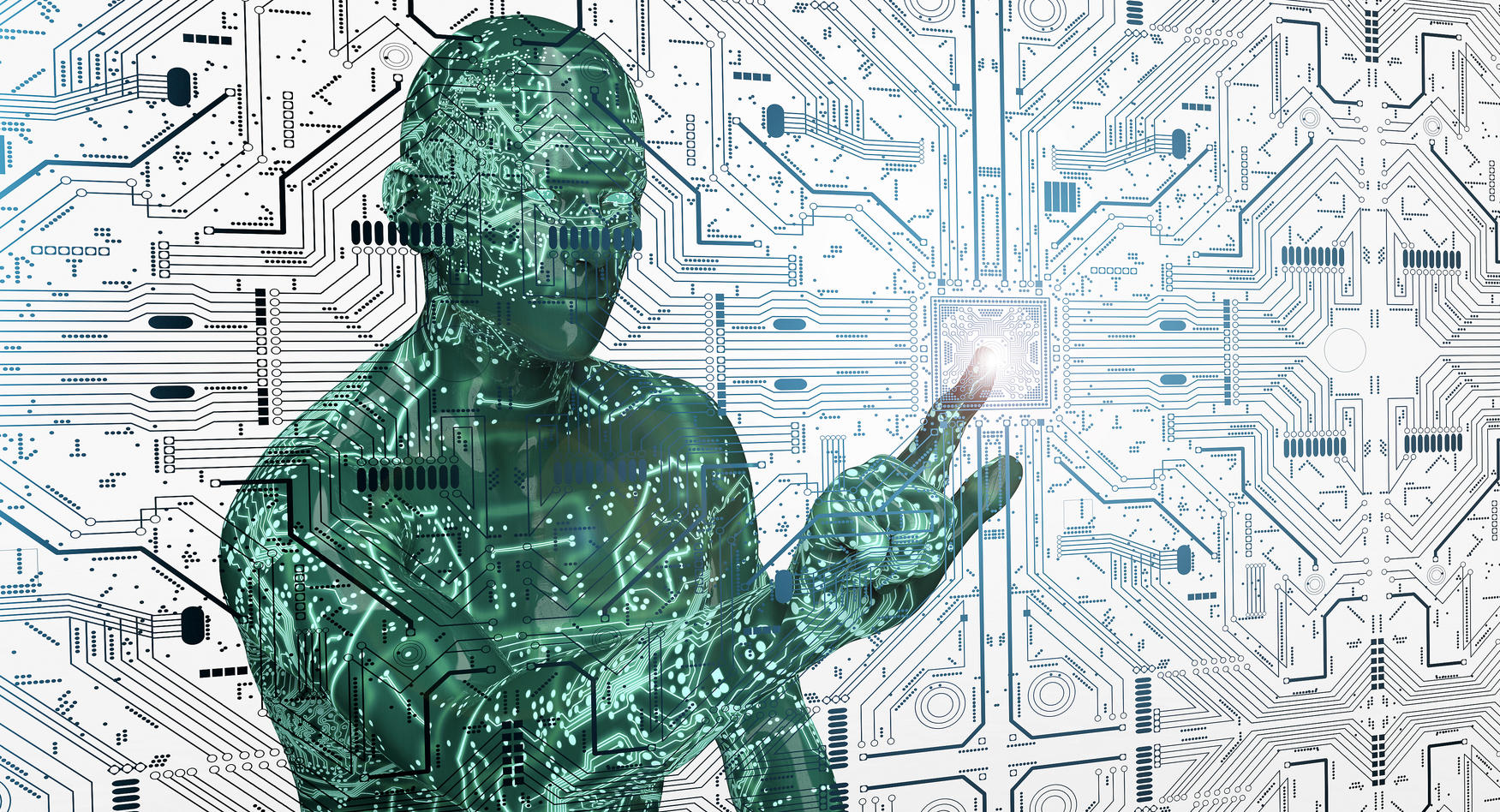
As the COVID-19 pandemic continues to consume significant swaths of the U.S. healthcare system, there’s been no shortage of efforts to take some of the pressure off scrambling providers by incorporating a range of AI technologies.
But according to one stakeholder, the systemic effects of the pandemic should be taken as a clear sign that AI and other digital technologies need to be made permanent elements of the healthcare system as soon as possible.
Writing recently at The Hill, Jamie Metzl, a member of the World Health Organization’s international advisory committee on human genome editing and a former member of the Clinton administration, argues that “(a)s the number of people infected with the virus goes up and the number of available health care professionals goes down, we soon won’t have enough doctors and nurses to treat us, no matter how many ventilators we can produce.”
What’s needed, he says, is an “emergency plan” that taps AI and telemedicine to take pressure off healthcare staffs now and into the future.
First, he says, the country needs to “agree on a basic set of inexpensive health diagnostic tools everyone should have at home. These could include a smartphone-enabled mobile electrocardiogram and a digital thermometer, a fingertip pulse oximeter, a blood pressure cuff, a scale and a digital stethoscope. The items could all be packaged together in a government-approved bundle, sold as a single unit, and delivered through online retailers or provided for free to those who can’t afford it.”
Next, the U.S. government needs to put in place “a single, AI-driven national health care triage platform that would be the first point of contact for anyone experiencing new symptoms.”
The platform would include self-administered “app-guided home tests” and electronic questionnaires that AI programs would be designed to analyze and determine the need for possible next steps.
“Third, people whose symptoms are determined by the AI program to need additional attention, or those referred through the text-message process, would then be referred to telemedicine doctors or nurses to discuss the situation in a video call.”
The real goal, says Metzl, is to allow providers to focus more on either COVID-19 patients or those patients still suffering from conditions such as diabetes, heart disease, cancer and other acute, chronic diseases.
“Having the government step in to set up a human-designed AI screening mechanism will be uncomfortable for many people — but that is where we already are heading,” Metzl argues. “Medicine already has become far too complex for humans to perform alone. Virtualizing some of the first points of patient contact, however imperfect, could also provide an invaluable service to the many millions of Americans who have no insurance and extremely limited access to health care.”


